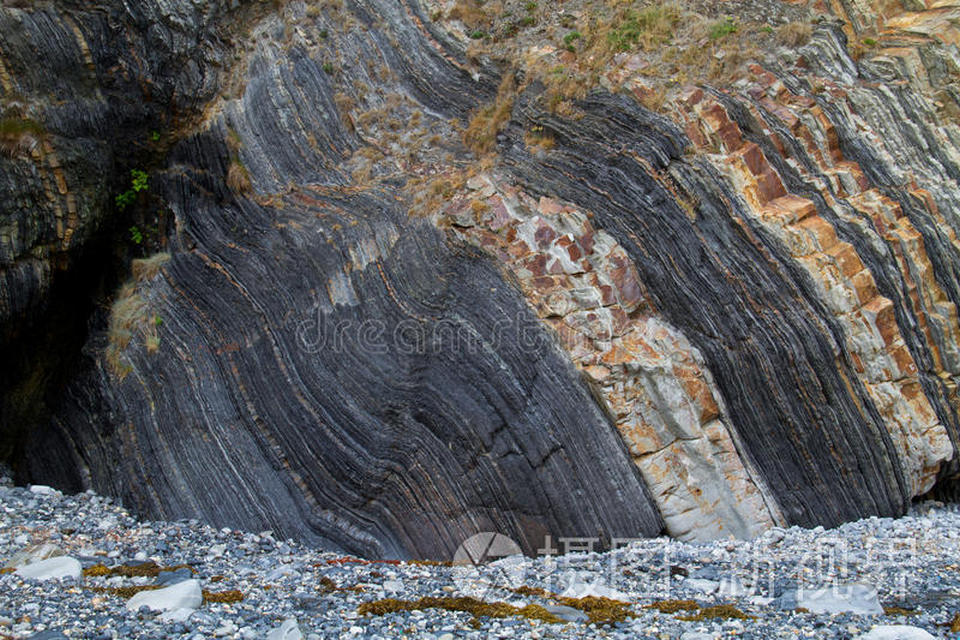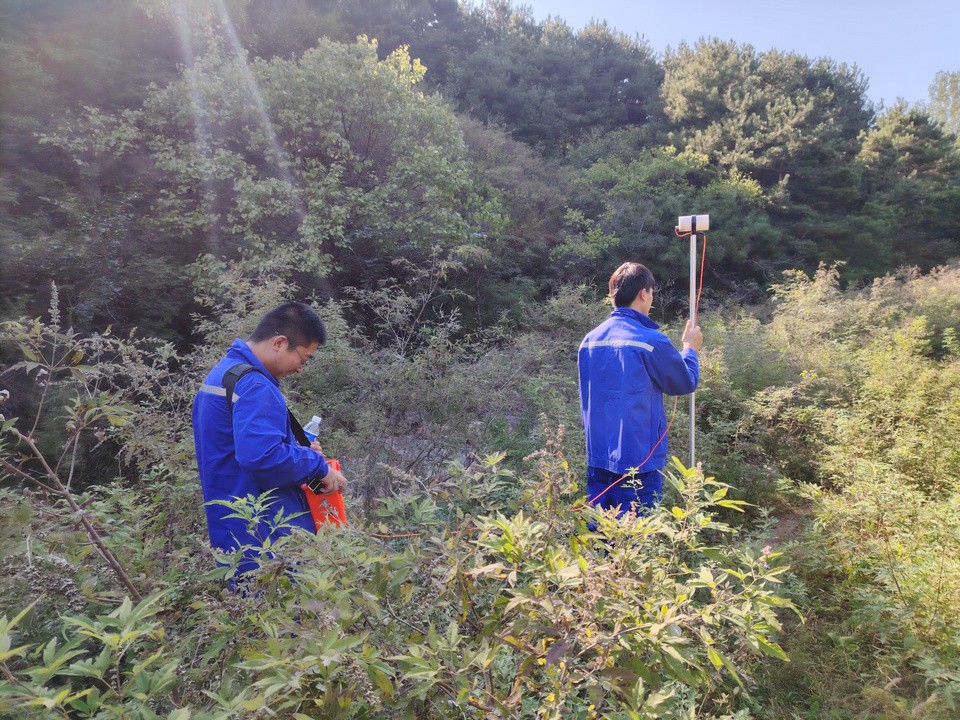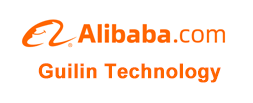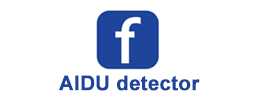Mining Isn’t Just About Minerals: A Geologist’s Perspective
Mining Isn't Just About Minerals: A Geologist's Perspective

* Cover Intro
Beneath our feet lies billions of years of stories.
Mining isn't just about finding minerals — it's about listening to the Earth.
In this post, I'll share what exploration looks like through the eyes of a geologist: a mix of science, fieldwork, and a touch of adventure.
* Main Content
Many people think mining is simply "finding a mineral." In reality, it's far more complex. True geological exploration is a conversation with the Earth — it takes patience, science, experience, and a little intuition.
1️⃣ Start with Geology: Reading the Earth's Language
Every rock, fold, and fault is the Earth telling its story.
Before we start exploration, we study the regional geology: stratigraphy, structures, igneous activity, metamorphism … all of which determine where minerals might form.
For example, gold and copper often "hide" near fault zones, while areas around granite bodies are ideal for tungsten or tin. Surface signs like silicification or pyrite alteration often hint at deeper mineralization. Experienced geologists can read subtle clues in the rock itself, sometimes even predicting mineral presence from surface outcrops alone.
2️⃣ Listening to the Underground: Geophysics & Geochemistry
Eyes alone aren't enough. Modern exploration relies on physical and chemical detection methods.
Geophysics helps us detect underground anomalies:
Magnetic surveys reveal magnetic bodies, such as magnetite or other magnetic rocks.
Induced polarization (IP) & resistivity are highly sensitive to sulfide mineralization — copper, lead, and zinc often leave distinct signatures.
Gravity surveys detect density differences, helping locate buried rock bodies or mineralized structures.
Geochemistry is another key tool — essentially reading the "fingerprints" of elements.
We collect soil or river sediment samples to analyze for gold, silver, copper, zinc, and other elements. Abnormal concentrations often point to deep mineralization. In mountainous areas, stream sediment sampling is particularly effective, helping us trace mineral sources upstream.
3️⃣ Engineering the Truth: Direct Investigation
When geology, geophysics, and geochemistry all point to the same target, it's time to "dig deeper."
Engineering exploration is the most direct — and costly — step.
Trenches and shallow pits expose surface mineralization and allow sample verification.
Drilling is the core method — cores extracted from boreholes reveal rock hundreds of meters below the surface.
In some areas, adits or inclined shafts are constructed to access the mineral body directly.
All this data is combined to build a 3D model of the ore body, estimating grade and size, and evaluating its development potential.
4️⃣ Not Just Finding — but Evaluating
Finding a mineral is only part of the story. We also need to calculate: ore body size, mining conditions, logistics, and market feasibility.
Economic evaluation is often overlooked but critical. Even a geologically rich deposit may be uneconomical if extraction costs are too high or transport is difficult. Experienced teams consider these factors early in the exploration stage.
5️⃣ Legal & Safety Considerations
Exploration isn't a free-for-all. In every country, proper mining licenses and adherence to environmental and safety regulations are required.
Underground operations carry risks: collapses, gas hazards, electrical safety — all part of the geologist's reality. Safety is always the first priority.
6️⃣ Final Thoughts
Mining is both a science and an art. It combines geology, physics, chemistry, economics, and even a bit of intuition.
Every outcrop, every anomaly, every core sample is a conversation with the Earth.
For us, finding minerals is just the result; understanding the land is the true journey.
I'll never forget the first time I spotted an altered zone on an outcrop — the excitement is unforgettable.
If you're curious about geological exploration, mineral resources, or fieldwork adventures, drop a comment!
Who knows — maybe the next mineral worth discovering is hidden under your feet.






